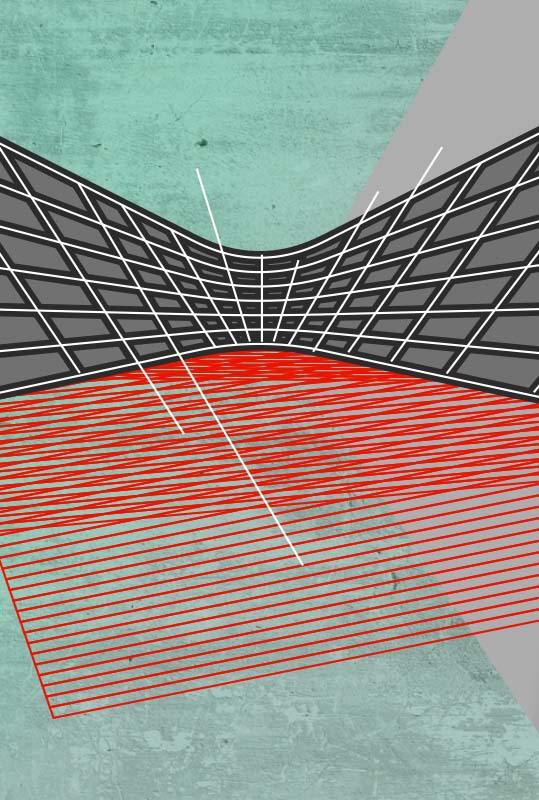The Panathenaic Stadium was built by Lycurgus, a statesman who wanted to enhance the prestige of the Great Panathenaic Games (330 BCE). This was a private site and the state spent significant sums to develop it and build the road that connected it to downtown Athens. The seats were made of wood and the timber came from the naval shipyards of Piraeus. During the reign of Hadrian (2nd century CE) the stadium hosted games with more than 1000 wild animals. A few years later the wealthy Athenian Herodes Atticus (who was born in Marathon) financed the rebuilding of the stadium with Pentelic marble (an expensive material whose supply was exhausted as a result of this project).
5. A fitting finish line
If you must run for 42 km, there better be something impressive waiting for you at the finish line. A marble stadium is as good a spot as any, especially if you have lots of friends waiting to celebrate your victory.
Stories
The beginning of the end
The race of a nation
In 1896, as Athens was preparing to host the first marathon run, Greece was completing an impressive race of economic development and urban modernization. Vast sums of money were invested in roads and railroads as the country tried to catch up to the developed western European nations following many decades of stagnation after the establishment of the Greek state. Wealthy diaspora Greeks came back and financed the construction of impressive private mansions and public buildings. Athens embarked on a large-scale project of urban improvement and beautification to prepare for the reception of tens of thousands of foreign visitors who were expected on the occasion of the Olympic Games.
A race against time
The marathon race required an impressive finish venue and the organizing committee selected the Panathenaic Stadium. More than 550 people laboured for months to clean the site and rebuild the stadium, a project that became a race against time to make sure that everything would be ready for the race. More than 350 quarries supplied stones, including the famous marble quarries on Mt Penteli and the poros quarries in Piraeus. In early 1896, though, the heavy snow on Mt Penteli made it impossible to work. The committee decided to revet only key parts of the stadium in marble; wooden benches, painted white to resemble marble, would accommodate the majority of the spectators.
Running to the rescue
The Greek state did not have the means to finance the rebuilding of the stadium, so the organizing committee of the Games turned to the wealthy expatriate Greeks. Georgios Averoff was a successful businessman from Metsovo who settled in Alexandria and made his fortune dealing in textiles, gum Arabic, ivory, ostrich feathers, grain and cotton. He offered sufficient funds to cover the cost of rebuilding the stadium; the day before the inauguration of the Olympic Games, Crown Prince Constantine unveiled the marble portrait statue of Averoff which was set up to the right of the stadium’s entrance. Averoff himself was unable to attend due to his old age (he was 78 at the time).
